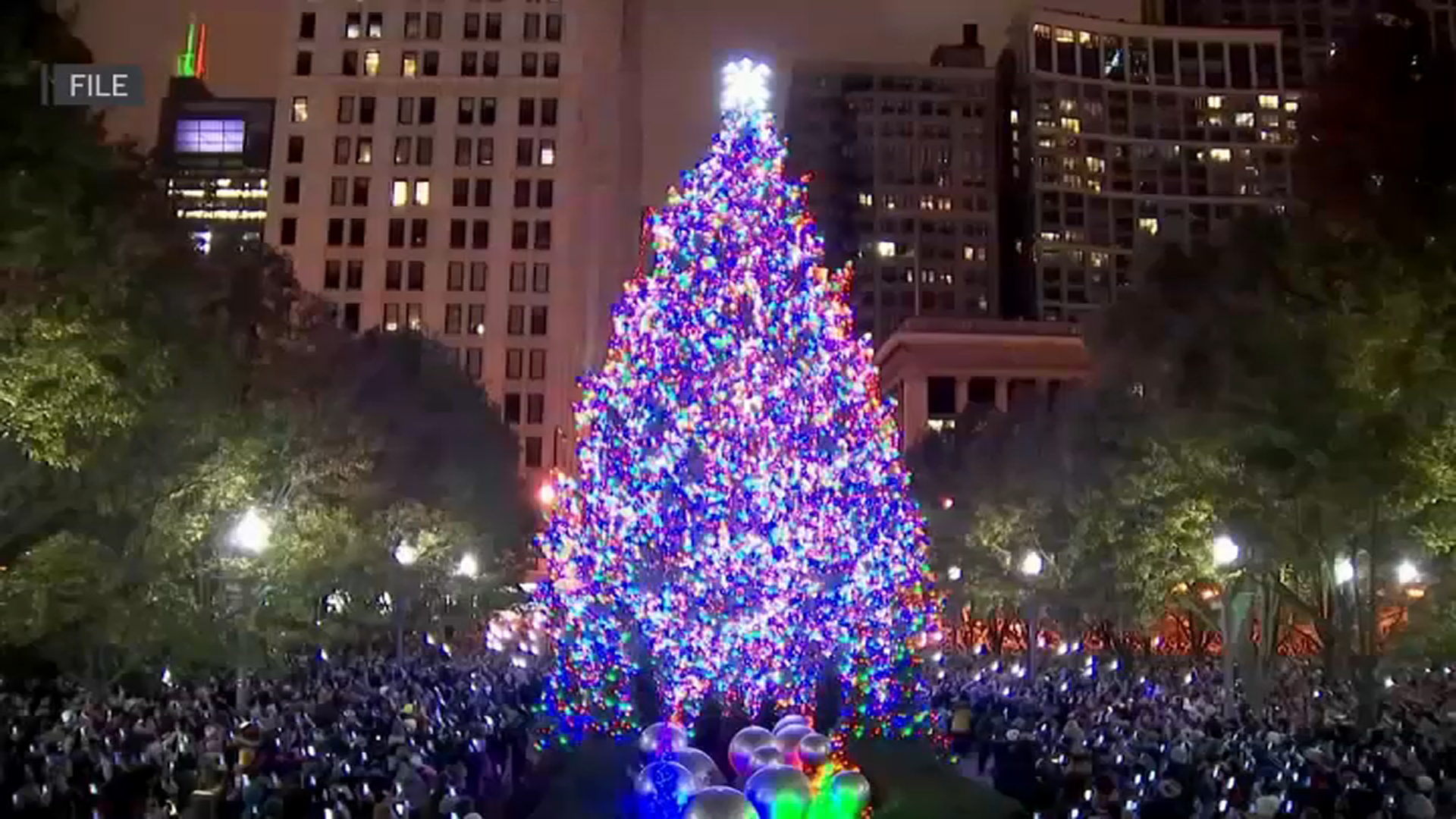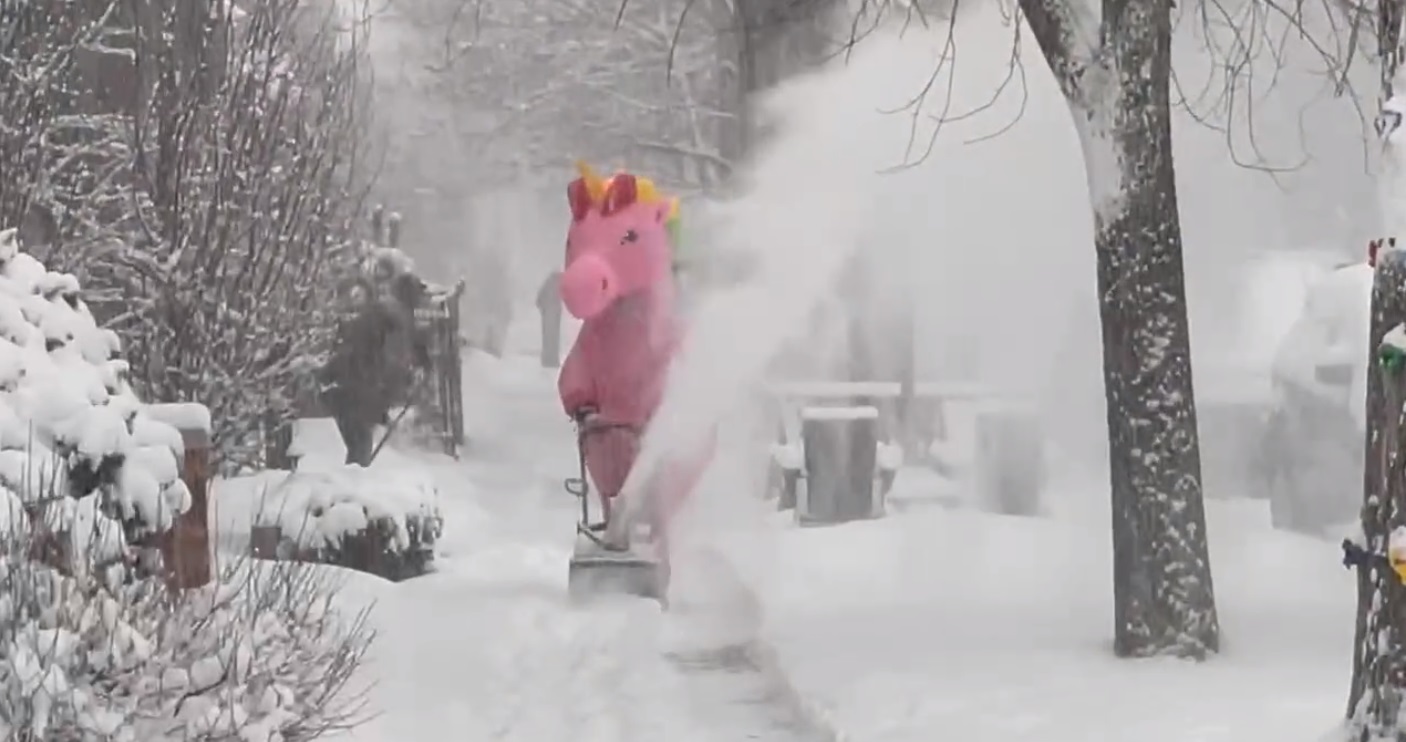The son of a Vietnam veteran who passed away in April said surveillance video would prove a North Chicago federal health care facility was not prepared to help his father when they arrived under emergency circumstances.
But obtaining the video possibly captured by cameras at Captain James A. Lovell Federal Health Care Center may prove difficult as questions are being raised about the facility's video archiving process.
Lawrence Sinnin, 68, died from acute coronary syndrome on April 28th, according to his death certificate.
His son, Tarrell Green, said the facility's record of what happened is missing key points, including the critical minutes he claims his father was denied medical care.
"What the video would prove is that I was there at 10:05 (AM)," Green said. "I went to get help. I beg and pleaded for help. And I asked these guys come help my father. I didn't want him to die like that."
Green said he drove his father, who had a heart condition, from a mission in Waukegan to nearby Lovell after Sinnin collapsed and requested his son take him to the hospital.
Green said his father was making a faint noise during the short drive to Lovell and later became unresponsive.
"I ran up to the valet and said, 'Hey, I need some help. My pop's out here, ain't responding to me,'" Green recalled.
Green said he was then told to go to the emergency room. But from there he claimed he was told to drive his father around the building to the ambulance bay.
Local
He said he parked his car outside the ambulance bay and had to wait several more minutes for medical workers to begin removing Sinnin from the vehicle.
"So then they take the seatbelt off of him. Take his oxygen hose off of him. Put him in a wheelchair. Take him in the back and now I'm waiting on them to start the process of the code blue. But it doesn't happen," Green recalled.
NBC 5 Investigates obtained a copy of Lovell's records, which show medical staff started helping Sinnin at 10:20 AM. The "code blue" team arrived at 10:50 AM, about three quarters of an hour after Green said he and his father arrived.
Facility records show Sinnin received CPR and that other resuscitative measurers were performed, but a doctor pronounced him dead at 11:10 AM.
"I was pretty confident that I came to the right place," Green said. "It's just that the right people wasn't in place."
A spokesperson for Lovell said the facility is reviewing the matter.
"We offer our deepest condolences to Mr. Sinnin's family on their loss," the spokesperson wrote in a statement to NBC 5 Investigates. "We have met with Mr. Sinnin's family on many occasions and we continue to work with the family to answer their questions and concerns."
Since the passing of Sinnin, the facility has installed new signage to better direct patients in need of emergency help.
Green said his father was wounded in Vietnam and received a Purple Heart.
"He really loved being a soldier and a retired soldier," Green said.
But Green said he will continue to search for answers surrounding his father's last moments.
"Survived and made it back and couldn't survive an episode here at the VA," Green said. "That's just so unfortunate for me. It's hard for me to even grasp something like that."
Veterans advocate Patricia Axelrod is now advising Green.
"This facility should have had a protocol in place that would address the needs of a sick person," Axelrod said. "There was a camera rolling that recorded it all."
Green said he made an official request for the surveillance video in early July. However, he and Axelrod claim the facility admitted in writing that the facility writes over its video every 30 days and thereby destroyed the possible visual evidence.
The VA office in Washington said it has no national policy regarding the archiving of surveillance footage and the retention period for footage is limited to what can be stored locally. The office said on average, and depending on equipment at each facility, that time period is between 30 and 60 days.
That contrasts with the National Archives and Records Administration schedule covering surveillance video for federal agencies, which states footage be destroyed when 6 months old.



